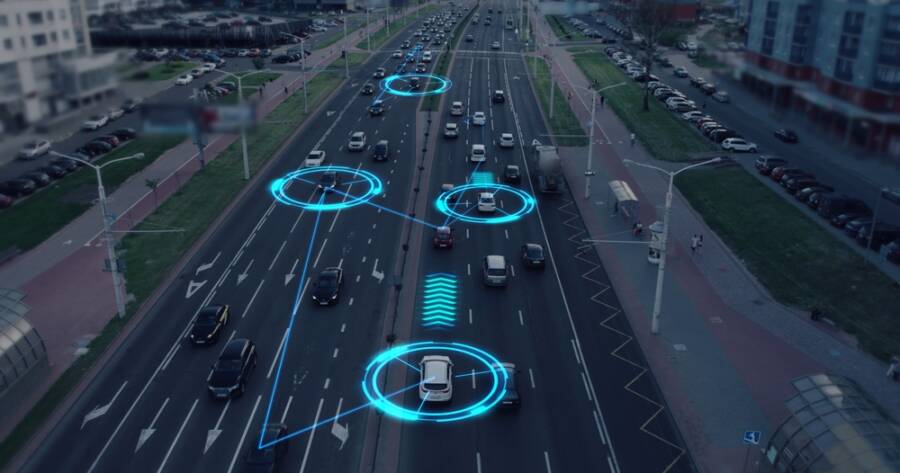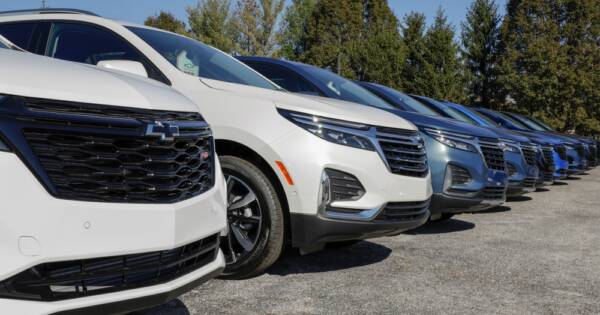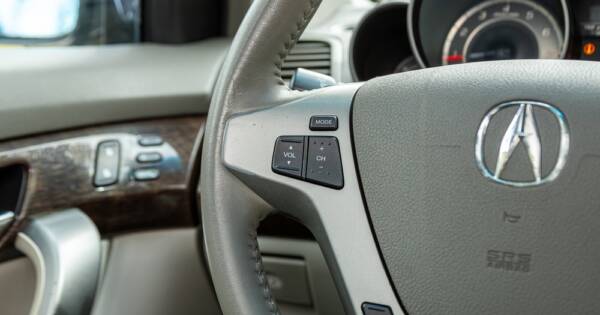Self-driving cars are no longer just a futuristic idea. They are on the road today, and different levels of automation are available. But how do you know which automation level is right for you? Find out which automation level fits your driving style and needs best.
Understanding Self-Driving Cars
Self-driving cars use advanced technology to assist or fully control driving. While fully autonomous cars are not yet common, many vehicles offer varying levels of automation. These range from basic driver assistance to cars that can handle almost all driving tasks on their own.
The technology in these cars relies on sensors, cameras, and software to process information from the road and make driving decisions. Self-driving cars are classified into different levels based on how much control the driver has and how much the car can do on its own.
The Levels of Automation Explained
The Society of Automotive Engineers (SAE) has created six levels of automation. These range from Level 0, where the driver has full control, to Level 5, where no driver is needed. Here’s a breakdown:
Level 0: No Automation
At Level 0, the driver is responsible for all aspects of driving. There are no features to assist in driving, though warning systems may be in place. Cars with this level of automation may alert you to hazards but do not actively control the vehicle.
Level 1: Driver Assistance
Level 1 provides basic assistance, such as cruise control. The driver still controls steering and braking but gets help with speed control. Adaptive cruise control is a common feature at this level. It adjusts your car’s speed to match traffic, but you remain in charge of steering.
Level 2: Partial Automation
At Level 2, the car can control both steering and speed under certain conditions, such as highway driving. However, the driver must keep their hands on the wheel and be ready to take over at any moment. Tesla’s Autopilot and GM’s Super Cruise are examples of Level 2 systems.
Level 3: Conditional Automation
Level 3 cars can make decisions and control most aspects of driving, but only under specific conditions. For example, a car might drive itself on highways but require you to take over in more complex environments.
While the driver can take their hands off the wheel, they must still be alert and ready to step in if needed. It’s estimated that up to 10 percent of vehicles will have partial automation by 2030.
Level 4: High Automation
At this level, cars can operate without any driver input in most situations. However, Level 4 cars are often limited to specific areas, such as cities with detailed maps and safe conditions. If the car leaves this area, the driver must take control. Self-driving taxis being tested in some cities fall into this category.
Level 5: Full Automation
Level 5 is where the car takes full control, and no human intervention is required. These cars can operate in all conditions without a driver. As of now, no cars are available at Level 5, but many companies are working to develop them.
Choosing the Right Automation Level
When choosing the right automation level, it’s important to think about your comfort with technology and how much control you want to maintain. If you like to have full control over your car, Level 0 or Level 1 might be your best option. These levels offer minimal assistance, allowing you to remain in charge of all key decisions while driving.
For those who want more support, Levels 2 and 3 provide assistance without completely taking over. You’ll still be required to pay attention and take control when needed. This is a good choice for people who enjoy driving but would appreciate help on long trips or in traffic.
If you are open to the idea of relying on technology for most of the driving, then Levels 4 and 5 will be of interest once they are widely available. Level 4 cars are ideal for city dwellers who don’t want to deal with the stress of navigating busy streets. In the future, Level 5 cars will be a great option for those who don’t want to drive at all, allowing them to relax while the car handles everything.
The Future of Self-Driving Cars
As technology improves, higher levels of automation will become more common. Many automakers are working on developing safer and smarter self-driving cars. While we may not yet see fully autonomous vehicles on the road, we are getting closer each day.
In the near future, it’s possible that cars will have the ability to handle all driving tasks, offering convenience and safety. However, regulatory and safety concerns must still be addressed before Level 5 cars become mainstream.
Learn More Today
Self-driving cars offer a glimpse into the future of transportation. By understanding the different levels of automation, you can make a more informed choice about what best fits your driving style.
Whether you prefer to stay in control or are ready to trust technology, there is a level of automation that suits your needs. As the industry advances, the possibilities for safer, more convenient driving will continue to grow.




